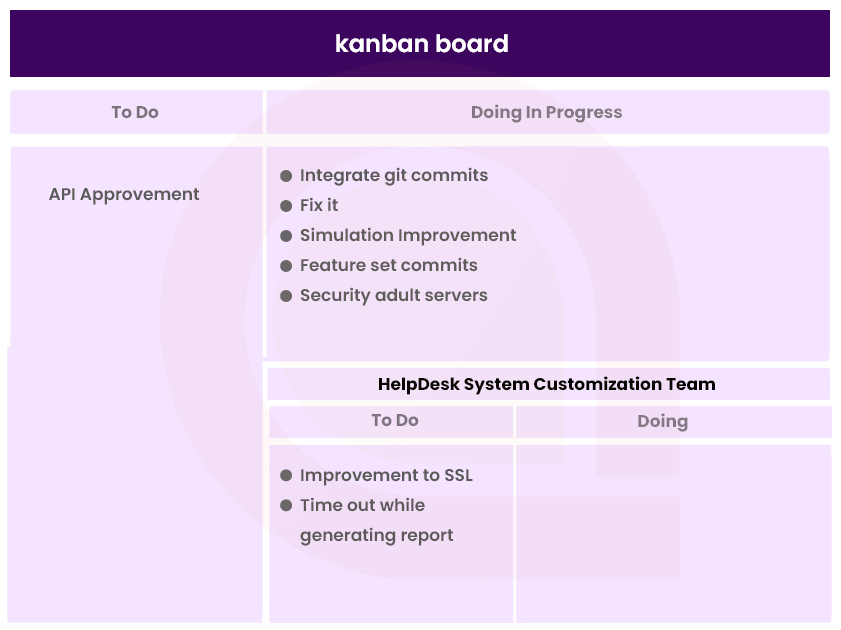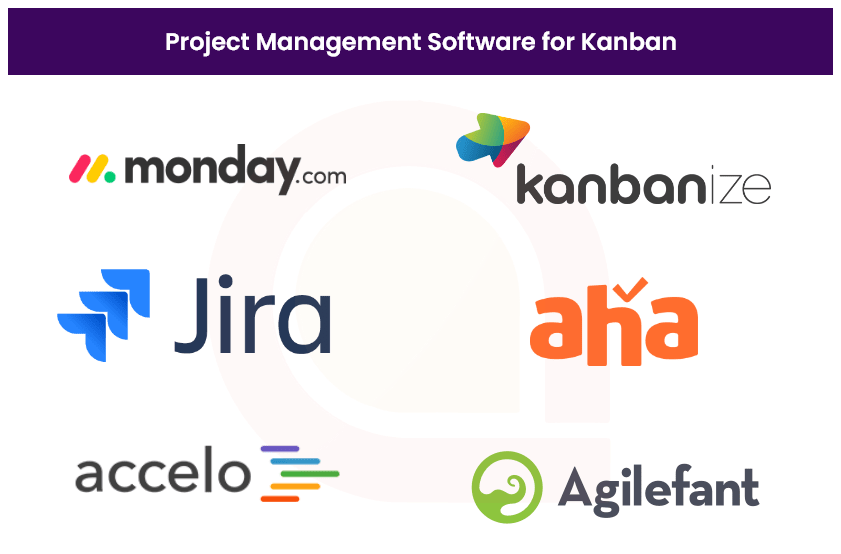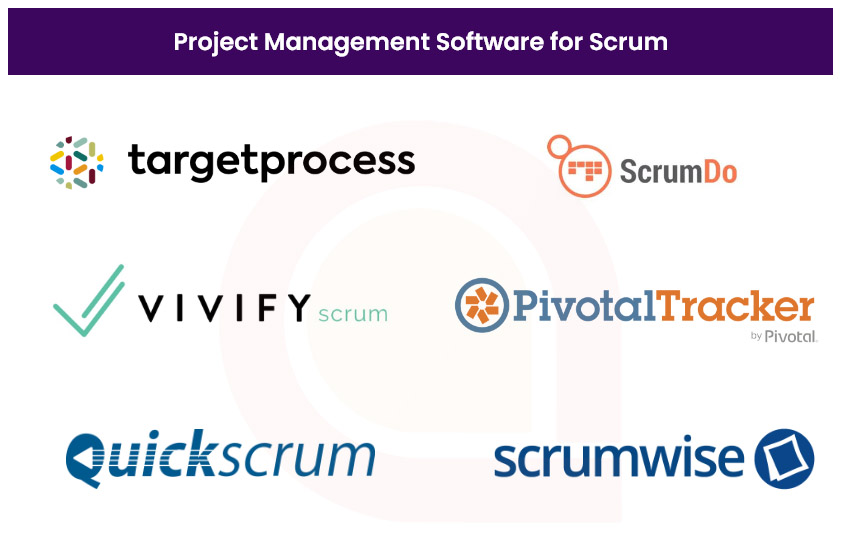Kanban Vs Scrum: Detailed Comparison to Find Difference!

No matter whether you are dealing with project development or management, you might come across the question like which approach is most suitable for you. The debate is not new, as it has been in the spotlight for quite a several years. Both the approach, kanban and scrum, are used by different brands and entrepreneurs to enhance their effectiveness and streamline development. Do you want to find Kanban Vs Scrum difference? Then check the detailed comparison to find the difference between the two.
Research indicates that most traditional businesses practice with a different approach like agile, scrum, kanban, etc. They are choosing it for their discrete plans and actualizing moderate benefits from them. However, 20% consider their brands “mature adopters,” with an extensive agreement and best methodologies across working units. It found that brands that choose one or other methodologies have stimulated their innovation by 80%.
[toc]
It’s found that both the methodologies (Kanban and Scrum) successfully deliver outstanding results. Both of them come with numerous variations and associations. Brands must be agile, helping them to deliver digital services quickly and efficiently than ever before. Similarly, the kanban and scrum approach helps them complete all the tasks effectively and meet the clients’ ever-changing requirements. Before discussing the approach in detail, let’s look at Kanban vs Scrum basics.
What is Kanban?
A practical methodology that helps individuals accomplish and advance workflow is termed kanban. You are authorized to view the whole process on a Kanban board. Continuous process tracking might help you make better decisions for your company and know where you lack to meet your targeted goals.
The operation in process limits at every grade of the workflow enables your team to manage its potential optimally. In simple words, this methodology helps you advance your current process with different practices and pedagogy. Mainly it consists of 4 different methods and six practices.
Methods:
- Don’t leave the things you are pursuing currently;
- Accept to continue changes that come across you;
- Respect the prevailing positions, liabilities, and method;
- Never niglet act of leadership.
Practices:
- Check the workflow;
- Frontiers work advancement;
- Control flow;
- Execute method strategies understandable;
- Practice feedback circuits;
- Advance collaboratively.
Advantages of Kanban
Kanban methodology involves using visual boards and cards brands to track work and get it done step by step. An adequate system is used by most development companies while planning and developing food delivery, courier delivery, marijuana delivery, healthcare, entertainment, or other types of business solutions as per clients’ requirements. Instead of the process occurring in the developer’s mind, all can be maintained on the board.

Numerous reasons explain why kanban is the best option for development firms. How does it help them to manage every detail efficiently? And how it helps to complete the project development on time. However, it offers individuals numerous advantages, including:
- Provides an immaculately way to cause tremendous throughput and capability from a team;
- Improve interaction;
- Provide great flexibility to add, remove, and update items on board;
- Concentrate on consecutive delivery;
- Modification of worthless practice and time;
- Enhance fertility and productivity;
- Provides the ability to focus.
Disadvantages of Kanban
Easy to understand the methodology, kanban enhances the overall journey and decreases the method. Undoubtedly, it offers numerous advantages, but you need to realize that every great thing comes with a few drawbacks, including:
- Can crackdown immediately;
- Requires continuous work;
- No time limitations;
- Can miss high priority work;
- Less adequate in an accorded source conditions;
- Change in demand can cause trouble.
When to Use Kanban?
Kanban methodology is built to match insignificant revolution. It enables you to make continuous changes to the process, ensuring business enhancement and process improvement. For example, if you want to build software or any other product, you can visually manage everything on the Kanban board.
The method makes it more comfortable for a team to check the work process in real-time and plan their working strategy accordingly. It helps the members to understand complex processes and issues associated with them. Kanban board proves adequate as it helps team members to stay more fruitful during the development cycle. You can consider using kanban in most of the aspects, including
- Dealing with varying processes;
- Hold flexible responsibility;
- Aim to prevent overburdening.
Kanban methodology is the perfect option for a project that has a steady process and needs little optimization. It enables them to enhance the whole process and get a better result in no time.
List of Projects Management Software for Kanban
Kanban is a practical approach that is considered by most businesses and entrepreneurs these days. In this methodology, you can use the digital board to track everything related to your project development. You can mainly make different categories like:
- In process;
- Completed Work;
- To-Do List.
There are numerous project management software helps you implement Kanban methodology for your project; this list is as under:

Kanban lists tasks in the priority you set on board, allowing the project management team to collude and stimulate through the tailored workflow.
What is Scrum?
The process to structure work and other methods is defined as scrum. It’s one of the most known agile approaches. The methodology is used for developing complex budgeting apps, streaming solutions, gaming apps, and many other projects.
It is considered a customizable, reiteration, piecemeal, and robust methodology intended to concentrate on producing the most distinguished value in the slightest substance of time throughout the development cycle. When appropriating this methodology, enterprises can work a little monotonously with the clients. It helps them as per the planning, ensuring a great result.
Advantages of Scrum
Process and principles of scrum need to be followed when implementing the same for your project. The approach can provide you with numerous advantages. Using the traditional approach in a string might not result in the gains you can leverage using scrum methodology. The primary benefits that you can leverage are:
- Immediate launch of the useable products;
- Assists to produce high-quality products;
- Decreases development expense;
- More surpassing experience to consolidate developments as they happen;
- More qualified employee confidence;
- Improved user gratification;
- Helps to complete complex projects.
Disadvantages of Scrum
Scrum methodology is exceptionally prospective and has distinct roles. Some benefits include clearness and distinctness with scrum than any different methodology, an improvement in team responsibility. It’s the satisfaction with and supports the change and is a beneficial methodology.
Some of the benefits include a requirement to be experienced with the approach. A scrum approach requires expertise and an enthusiastic organization. If the development task is planned inadequately, then it results in imprecision till the end. However, with benefits, there are a few drawbacks of using scrum methodology, this includes:
- The methodology often leads to an extent edge due to lack of finishing date;
- High project failure possibility as individuals are not committed;
- Adopting the methodology is quite tricky;
- The methodology can provide fruitful results if the team is experienced;
- Regular meetings can be frustrating;
- Hard to implement if there is a lack of testing process.
When to Use Scrum?
The approach was built to patent app development and design more quickly and efficiently than ever before. Other brands can also use the methodology to leverage successful results. Using scrum principles enhances the performance and productivity of the organization. There are a few criteria when it beneficial to use scrum methodology, this includes:
- Continuous change during the development cycle;
- Precise testing implementation;
- Continuous available of software owner;
- Type of agreement with the client.
If your development process follows under the above-listed category, then it’s beneficial for you to opt for the scrum approach. However, before trying the methodology on a large project, it will be beneficial for you to opt for the same in a few small projects. If it works with others, then there is an excellent chance that you can succeed in a large project too with the same concept.
List of Projects Management Software for Scrum
Scrum is one of the most known methodologies. It has grabbed the limelight in recent years. Initially launched for project development, it helps the team advance the development cycle, ensuring building and releasing precious solutions for users. The development team uses different project management software for a scrum. The list of project management software for scrum includes:

Project management software provides development teams with flexibility, efficiency, and accuracy to work and complete projects systematically.
How Kanban Vs Scrum Differs from Each Other: Check to Make a Smart Choice
Wondering how Scrum methodology varies from the Kanban approach? Which is most suitable for your software development? Distinguishing the difference between the two strategies is just like fancying between two of your favorite colors.
For example, if you like white and black, which would you choose for a special occasion? It simply depends on your mood and occasion, right! Similarly, choosing between kanban and scrum also depends on your project requirement. Check the below table to find the distinction between both approaches.
Kanban Vs Scrum
| Kanban | Scrum | |
|---|---|---|
| Workflow | Continuous flow | Sprints |
| Roles and Responsibilities | No required roles & responsibilities on any individual | Roles and responsibilities for product owner, scrum master, the development team |
| Regular Check-in Points | Daily stand-ups | Sprint planning, review, retrospective meetings, and daily stand-ups |
| Workload | Change can occur at any stage | No changes during a sprint |
| Time Constraints | Non essential | Clearly defined, usually two-week intervals |
| Work Delivery | Continuous delivery | At the end of each sprint |
| Measurement of Productivity | Measured using “cycle time” or the amount of time required to complete the project | Measured using velocity through sprints |
| Best Applications | Best option for widely varying projects | Best choice for stable projects |
Scrum, as well as kanban both, are practical approaches. You can analyze both methods to get the best one for your project advancement. Choosing any depends on the type of software or work you are bartering with. Just make sure to make a smart choice to leverage worth for your time and efforts.
Select the Right Approach to Reap Desired Output!
In today’s competitive business world, it becomes essential for brands to stay up to date with the latest mythologies, processes, and other things. The agile approach has gained massive popularity as more and more businesses are implementing the same. But some get confused when it comes to choosing anyone from kanban or scrum.
However, they need to understand that both approaches are best on their own; they can choose what helps them respond to evolving changes and deliver a high-quality product in the market.
Many Scrum users have utilized a few principles of kanban that are beneficial in enhancing an additional layer of clarity. Many utilize kanban as an optical process, while others prefer to use scrum to provide them with a well-defined process. When it comes to determining Kanban vs Scrum, then everyone prefers to differentiate both methodologies. However, it’s essential to understand both approaches to make an intelligent decision.
